
While the world handles the COVID-19 crisis, we haven’t forgotten the climate crisis. Designers Lucy Zakharova and Ted Lu have proposed a plan to tackle the ocean pollution problem with a network of five capsules that will work towards restoring the marine ecosystem’s health. The revolutionary project has been rightfully named ‘En·cap·su·lat·ing’! Let’s dive in.
There is actually so much trash in the ocean that we have a designated area called the Great Pacific Garbage Patch. The patch is 1.6 million square kilometers large and these capsules will be built from the plastic waste found here. There are literal islands made of plastic and marine life is forced to either eat plastic or get entangled in it which has been adversely affecting the larger food chain as well as migration – the marine ecosystem is being tested harshly and if not acted upon right now, it could collapse. Each capsule will be deployed at a different depth level in the ocean and work for that zone so the load is divided equally between all five structures. The real revolution here is that each pod of this constellation is non-static or migrating in design, so the pod can move along with the floating islands of plastic.
The capsules will have a non-static infrastructure and move cyclically in their ocean zones. They are not only there to mitigate the crisis caused by humans but also help the animals have a healthier environment. The main goal of this project is to detoxify the ocean by changing the plastic configuration and spread more awareness of its long-term toxic effects. The structures will have dedicated areas for research labs and data collection about the deep sea. Teams will monitor temperature, pressure, salinity, and working on preserving marine life that has not been able to adapt to the climatic changes. Structures like these are crucial for us to understand the weight of our actions and do our best to fix the damage so that we don’t have to deal with another crisis – 2021 can be a good year if we try!
Designers: Lucy Zakharova and Ted Lu

The conceptual designs of the facility

Drone view of the facility.

Top view of the floating structure.

Underwater view of the facility.

The underwater sectional view of the facility.

The underwater view showcasing the three different facilities: education, research, and environmental preservation.

The flattened map of the Earth showing the plastic islands floating in the oceans.
The concentration of the plastic trash in the Atlantic Ocean, the Indian Ocean and the Pacific Ocean



Sketch/ exploration of the environmental preservation station










 Last year, Fisker promised to show its sub-$40,000 crossover Ocean EV as a production-ready vehicle rather than a concept, but the Geneva Motor Show cancellation put a crimp in those plans. In its latest press release, however, the company has done t...
Last year, Fisker promised to show its sub-$40,000 crossover Ocean EV as a production-ready vehicle rather than a concept, but the Geneva Motor Show cancellation put a crimp in those plans. In its latest press release, however, the company has done t...
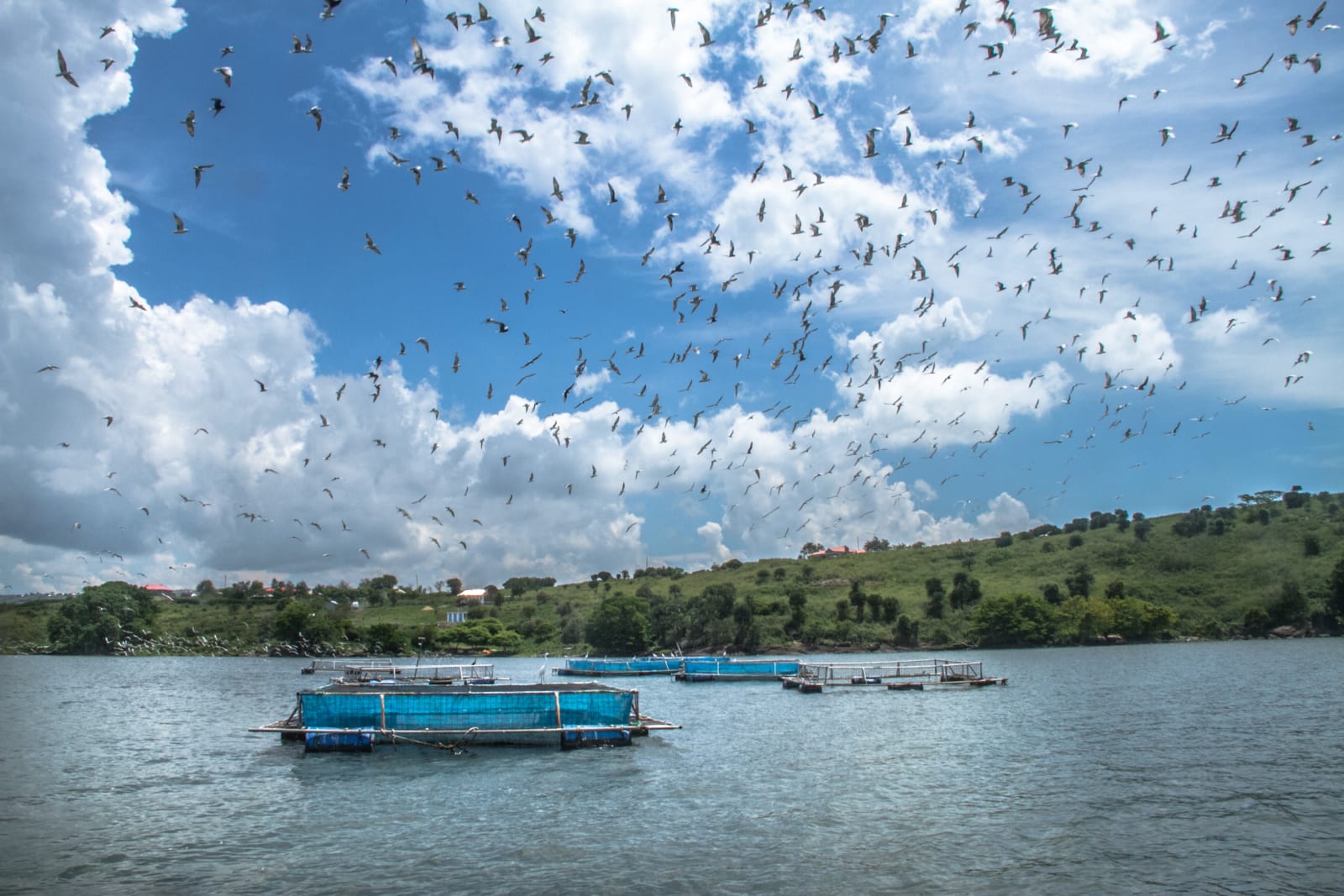 Alphabet's moonshot factory is turning its attention back toward the ocean. But whereas Project Foghorn looked to turn seawater into a carbon-neutral fuel, the newly-announced Tidal has a broader mission to protect the sea and its aquatic inhabitants...
Alphabet's moonshot factory is turning its attention back toward the ocean. But whereas Project Foghorn looked to turn seawater into a carbon-neutral fuel, the newly-announced Tidal has a broader mission to protect the sea and its aquatic inhabitants...
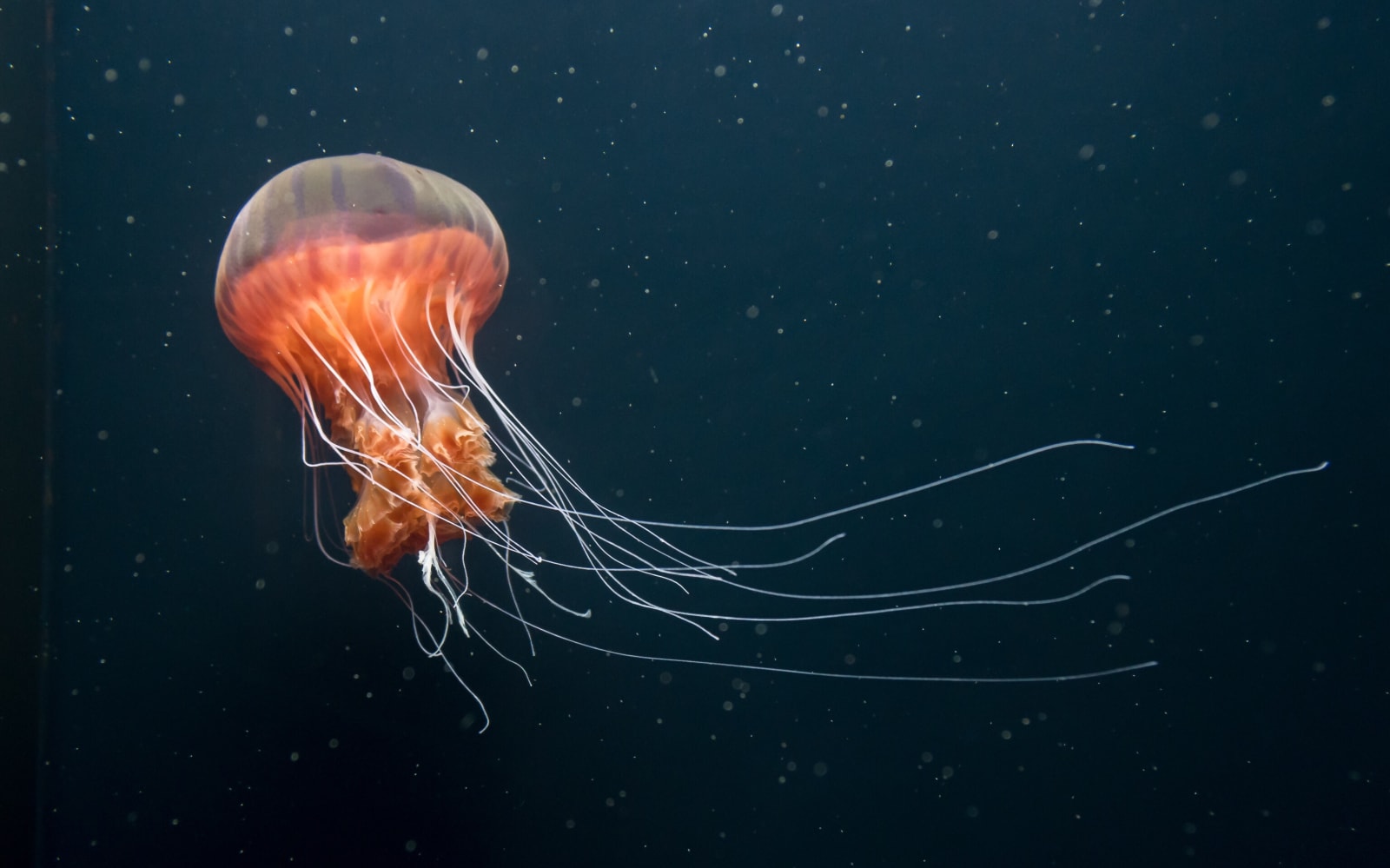 Scientists at Caltech and Stanford University want to turn jellyfish into deep-sea explorers that could be directed around the ocean, recording info as they travel. In a paper published in the journal Science Advances, the team explains how they've d...
Scientists at Caltech and Stanford University want to turn jellyfish into deep-sea explorers that could be directed around the ocean, recording info as they travel. In a paper published in the journal Science Advances, the team explains how they've d...
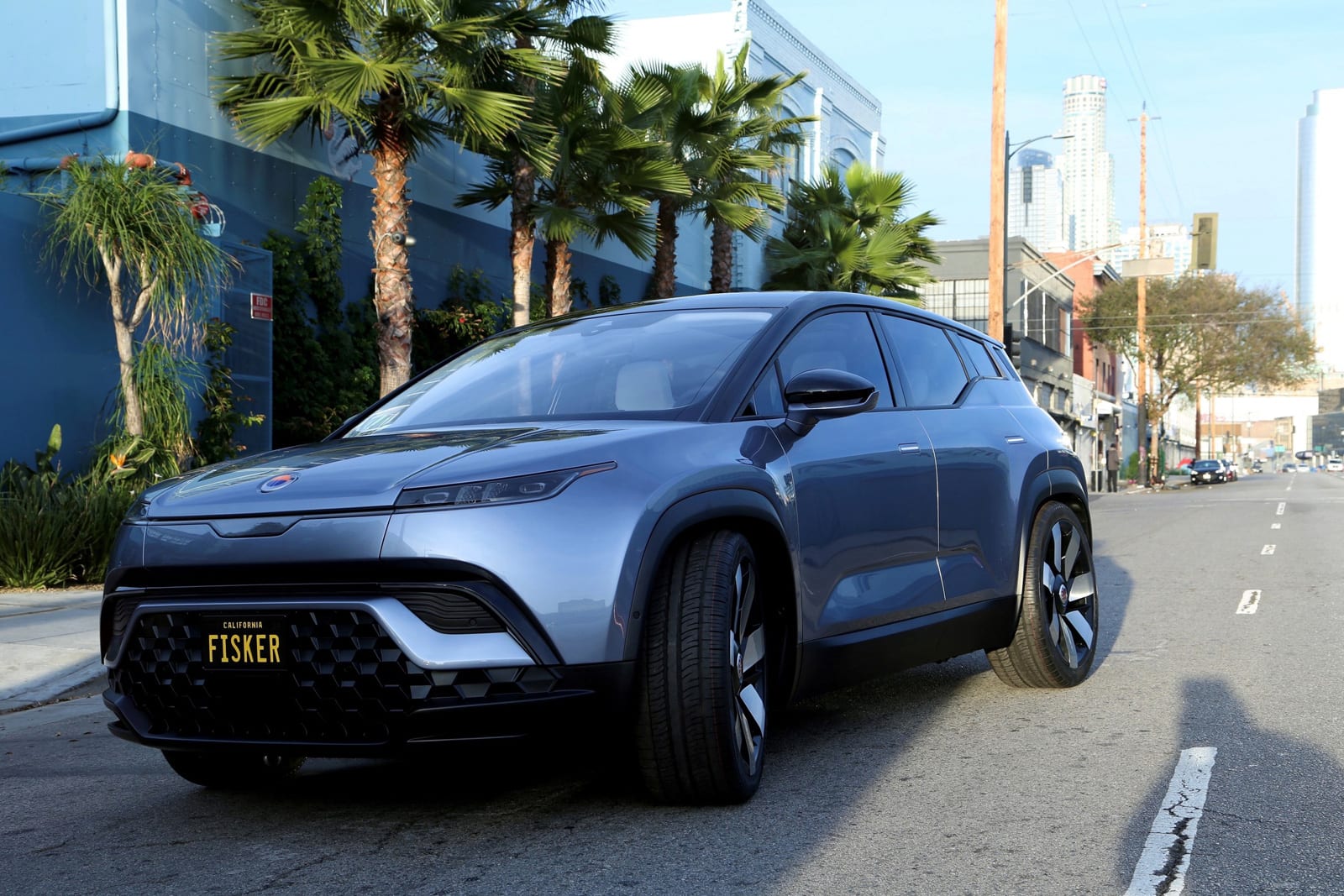 After dribbling out details for months, Fisker is finally ready to say exactly how much its Ocean electric SUV will cost. The automaker has revealed that the Ocean will start at $37,499. Conveniently, that's just under the $30,000 mark after you ap...
After dribbling out details for months, Fisker is finally ready to say exactly how much its Ocean electric SUV will cost. The automaker has revealed that the Ocean will start at $37,499. Conveniently, that's just under the $30,000 mark after you ap...
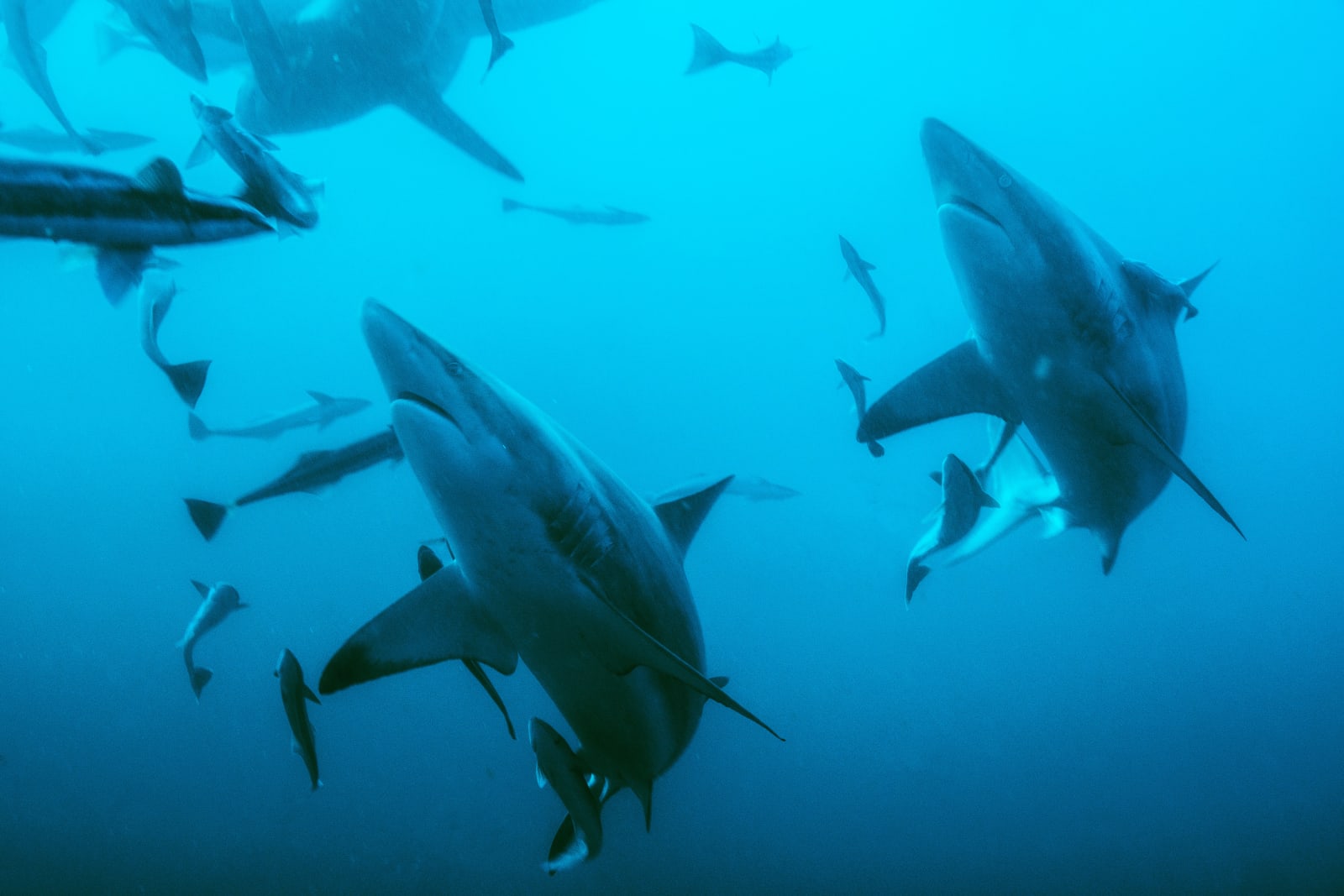 The effect of climate change on oceans is likely more extensive than you think. A study from the International Union for Conservation of Nature (IUCN) indicated that climate change and the ensuing hotter water reduced the amount of oxygen dissolved...
The effect of climate change on oceans is likely more extensive than you think. A study from the International Union for Conservation of Nature (IUCN) indicated that climate change and the ensuing hotter water reduced the amount of oxygen dissolved...
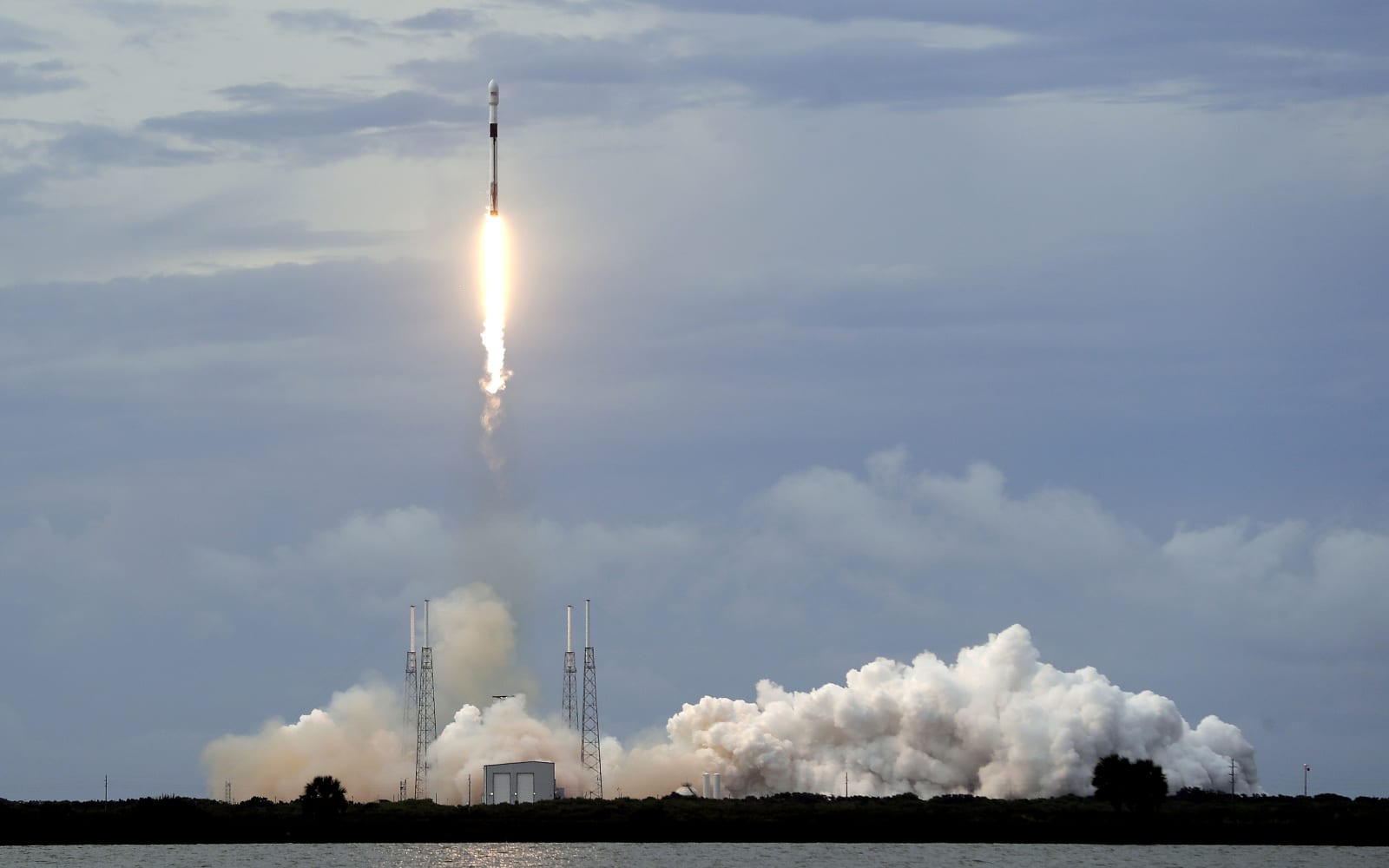 Yesterday, SpaceX successfully launched a Falcon 9 rocket from Cape Canaveral. This was the third flight for this particular Falcon 9, and its mission was to carry the AMOS-17 satellite for Spacecom. While you can watch the full launch stream here, o...
Yesterday, SpaceX successfully launched a Falcon 9 rocket from Cape Canaveral. This was the third flight for this particular Falcon 9, and its mission was to carry the AMOS-17 satellite for Spacecom. While you can watch the full launch stream here, o...
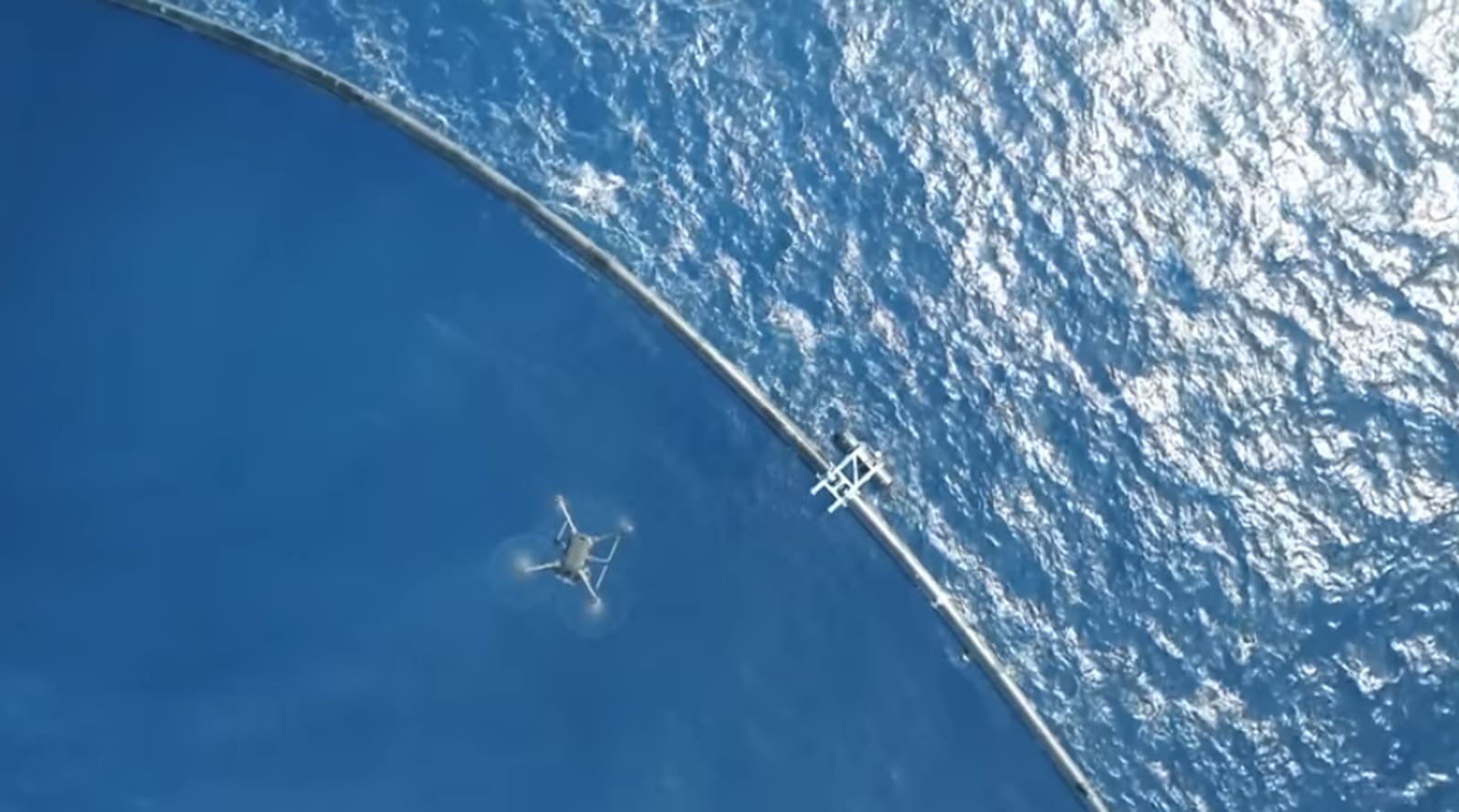 The "giant pool noodle" dispatched into the Pacific Ocean last September to catch and clean up thousands of tonnes of floating plastic has run into trouble. Invented by Boyan Slat when he was 17, the 2,000-foot-long U-shaped floating barrier was desi...
The "giant pool noodle" dispatched into the Pacific Ocean last September to catch and clean up thousands of tonnes of floating plastic has run into trouble. Invented by Boyan Slat when he was 17, the 2,000-foot-long U-shaped floating barrier was desi...